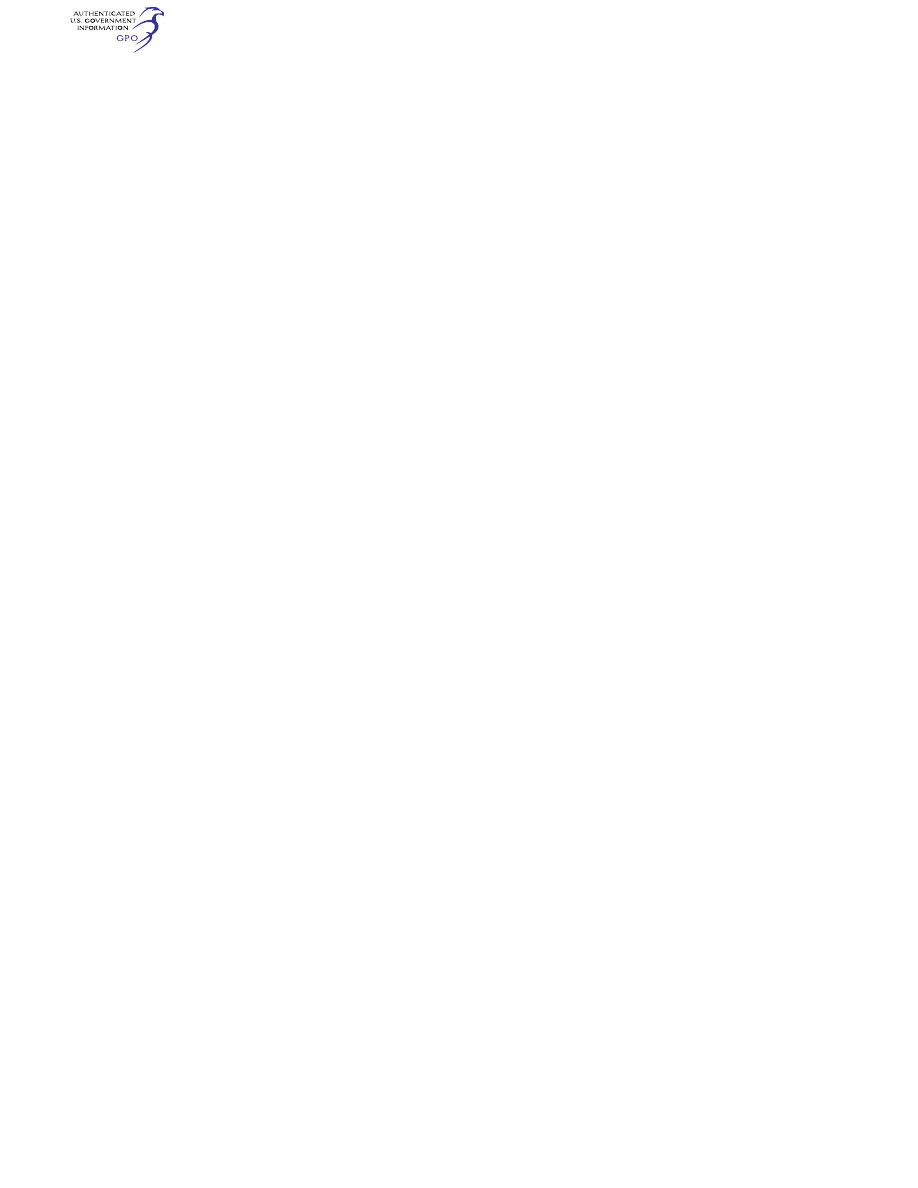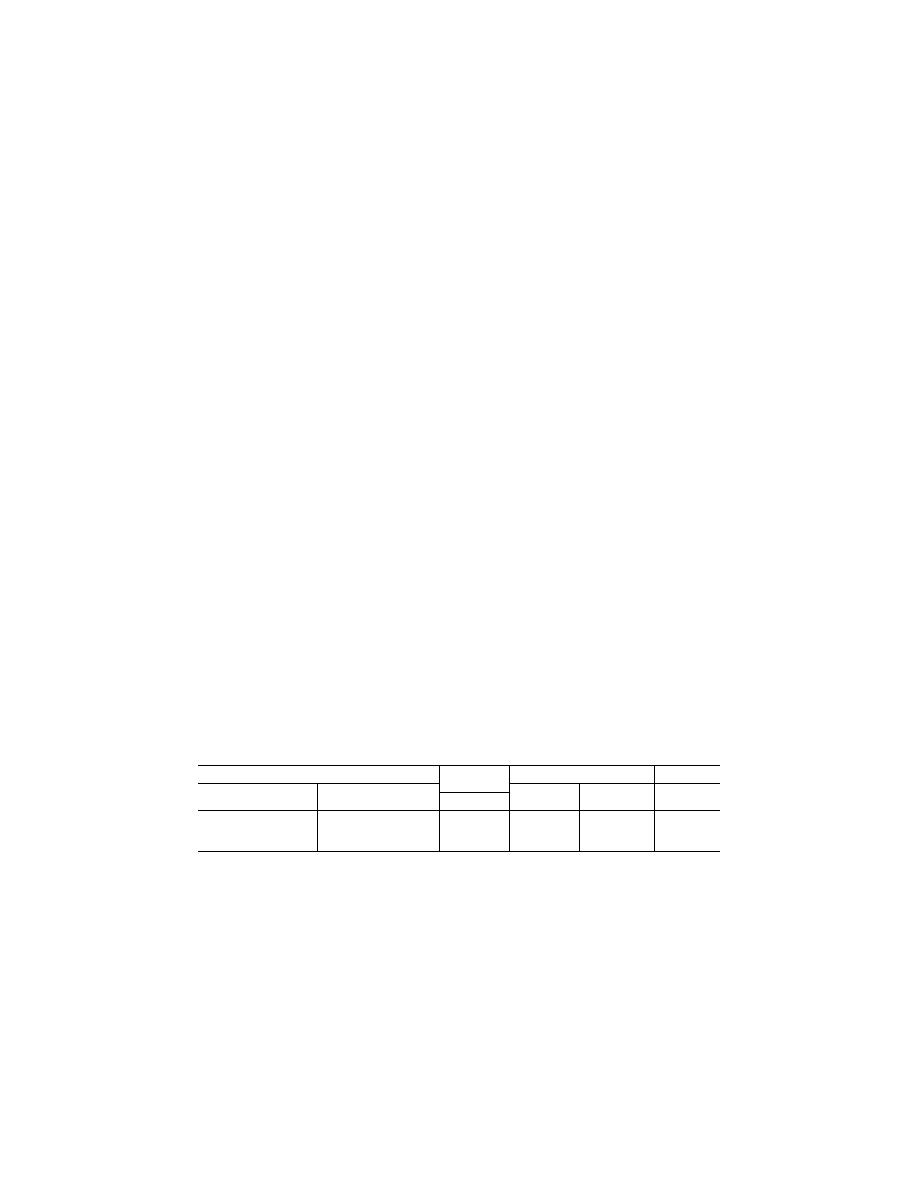
343
Federal Aviation Administration, DOT
§ 25.1323
be plainly visible to the appropriate
crewmembers.
(d) Instrument panel vibration may
not damage or impair the accuracy of
any instrument.
(e) If a visual indicator is provided to
indicate malfunction of an instrument,
it must be effective under all probable
cockpit lighting conditions.
[Amdt. 25–23, 35 FR 5679, Apr. 8, 1970, as
amended by Amdt. 25–41, 42 FR 36970, July 18,
1977]
§ 25.1322
Flightcrew alerting.
(a) Flightcrew alerts must:
(1) Provide the flightcrew with the
information needed to:
(i) Identify non-normal operation or
airplane system conditions, and
(ii) Determine the appropriate ac-
tions, if any.
(2) Be readily and easily detectable
and intelligible by the flightcrew under
all foreseeable operating conditions,
including conditions where multiple
alerts are provided.
(3) Be removed when the alerting
condition no longer exists.
(b) Alerts must conform to the fol-
lowing prioritization hierarchy based
on the urgency of flightcrew awareness
and response.
(1) Warning: For conditions that re-
quire immediate flightcrew awareness
and immediate flightcrew response.
(2) Caution: For conditions that re-
quire immediate flightcrew awareness
and subsequent flightcrew response.
(3) Advisory: For conditions that re-
quire flightcrew awareness and may re-
quire subsequent flightcrew response.
(c) Warning and caution alerts must:
(1) Be prioritized within each cat-
egory, when necessary.
(2) Provide timely attention-getting
cues through at least two different
senses by a combination of aural, vis-
ual, or tactile indications.
(3) Permit each occurrence of the at-
tention-getting cues required by para-
graph (c)(2) of this section to be ac-
knowledged and suppressed, unless
they are required to be continuous.
(d) The alert function must be de-
signed to minimize the effects of false
and nuisance alerts. In particular, it
must be designed to:
(1) Prevent the presentation of an
alert that is inappropriate or unneces-
sary.
(2) Provide a means to suppress an
attention-getting component of an
alert caused by a failure of the alerting
function that interferes with the
flightcrew’s ability to safely operate
the airplane. This means must not be
readily available to the flightcrew so
that it could be operated inadvertently
or by habitual reflexive action. When
an alert is suppressed, there must be a
clear and unmistakable annunciation
to the flightcrew that the alert has
been suppressed.
(e) Visual alert indications must:
(1) Conform to the following color
convention:
(i) Red for warning alert indications.
(ii) Amber or yellow for caution alert
indications.
(iii) Any color except red or green for
advisory alert indications.
(2) Use visual coding techniques, to-
gether with other alerting function ele-
ments on the flight deck, to distin-
guish between warning, caution, and
advisory alert indications, if they are
presented on monochromatic displays
that are not capable of conforming to
the color convention in paragraph (e)(1)
of this section.
(f) Use of the colors red, amber, and
yellow on the flight deck for functions
other than flightcrew alerting must be
limited and must not adversely affect
flightcrew alerting.
[Amdt. 25–131, 75 FR 67209, Nov. 2, 2010]
§ 25.1323
Airspeed indicating system.
For each airspeed indicating system,
the following apply:
(a) Each airspeed indicating instru-
ment must be approved and must be
calibrated to indicate true airspeed (at
sea level with a standard atmosphere)
with a minimum practicable instru-
ment calibration error when the cor-
responding pitot and static pressures
are applied.
(b) Each system must be calibrated
to determine the system error (that is,
the relation between IAS and CAS) in
flight and during the accelerated take-
off ground run. The ground run calibra-
tion must be determined—
VerDate Sep<11>2014
09:06 Jun 28, 2024
Jkt 262046
PO 00000
Frm 00353
Fmt 8010
Sfmt 8010
Y:\SGML\262046.XXX
262046
jspears on DSK121TN23PROD with CFR
